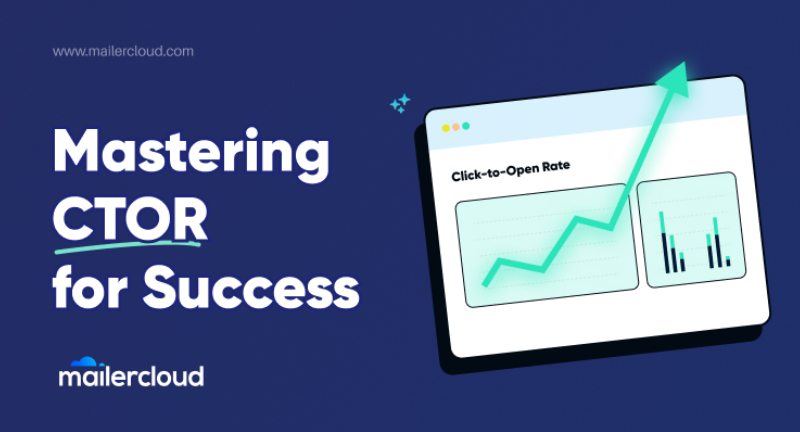Mailchimp is ideal for beginners and small businesses, while ConvertKit targets professional bloggers and content creators. Both platforms offer unique features tailored to different needs.
Mailchimp and ConvertKit are two popular email marketing tools, each catering to specific audiences. Mailchimp excels with its user-friendly interface and affordable pricing, making it perfect for beginners and small businesses. ConvertKit, on the other hand, focuses on professional bloggers and content creators, offering advanced automation and segmentation features.
Understanding the distinct strengths of each platform helps bloggers choose the best tool for their needs. This guide provides an in-depth comparison to help you make an informed decision.
Pricing
Mailchimp offers a free plan but can get pricey as your subscriber list grows. ConvertKit’s pricing caters more to professional bloggers.
Mailchimp Pricing Plans
Mailchimp offers a free plan for up to 2,000 contacts. Paid plans start at $9.99 per month and go up based on the number of subscribers. Features include email templates, basic automation, and analytics. For advanced features, higher plans are needed.
Convertkit Pricing Plans
ConvertKit starts with a free plan for up to 1,000 subscribers. Paid plans begin at $29 per month. These plans offer advanced features like automation, tagging, and integrations. ConvertKit is designed with creators in mind, offering powerful tools.
Value For Money
Mailchimp provides more features in its free plan, making it ideal for beginners. ConvertKit offers robust tools for creators, justifying its higher cost. For those focused on growth and automation, ConvertKit is a better investment. Mailchimp is great for those starting out or needing basic features.

Credit: www.blogmarketingacademy.com
Ease Of Use
Mailchimp offers a user-friendly interface, making it simple for beginners. ConvertKit provides a streamlined experience focused on content creators.
Mailchimp User Experience
Mailchimp offers a clean and intuitive interface. Users can easily navigate through its features. The drag-and-drop email builder makes it simple to create beautiful emails. Advanced options might feel overwhelming for beginners. Mailchimp includes a variety of templates to choose from. This helps users get started quickly.
Convertkit User Experience
ConvertKit focuses on simplicity and ease of use. The interface is straightforward and clean. It lacks some of the advanced features found in Mailchimp. ConvertKit is designed with bloggers in mind. This makes the platform user-friendly for content creators. It offers basic templates and an easy-to-use email editor.
Learning Curve
Mailchimp has a steeper learning curve. Beginners might need some time to understand all features. The extensive documentation and tutorials help in the learning process. ConvertKit, on the other hand, is easier to learn. Its straightforward approach makes it accessible to new users. Bloggers can quickly start using ConvertKit without much hassle.
Features
Mailchimp offers powerful automation and detailed analytics, perfect for data-driven bloggers. ConvertKit excels with its simplicity and intuitive interface, ideal for content creators seeking ease of use. Both platforms provide robust features tailored to different blogging needs.
Mailchimp Features
Mailchimp offers a free plan. It includes basic email marketing tools. The platform has a drag-and-drop email builder. Users can create beautiful emails easily. Advanced analytics and reporting are also available. Mailchimp supports integrations with many apps. You can connect it with Shopify, WordPress, and more. The automation features help with email sequences. Mailchimp also provides A/B testing to optimize campaigns.
Convertkit Features
ConvertKit is designed for creators. It has a simple user interface. The platform focuses on email automation. Users can set up automated workflows with ease. ConvertKit offers tagging and segmentation. This helps in targeting specific audiences. The platform provides landing page creation tools. Users can build and publish landing pages quickly. Subscriber management is made easy with ConvertKit. It also integrates with popular apps like Teachable and Zapier.
Feature Comparison
| Feature | Mailchimp | ConvertKit |
|---|---|---|
| Free Plan | Yes | No |
| Email Builder | Drag-and-Drop | Simple Editor |
| Automation | Basic | Advanced |
| Analytics | Detailed | Basic |
| Integrations | Many Apps | Popular Apps |
Email Design And Templates
Mailchimp offers a variety of ready-made templates. These templates are easy to use and customizable. They suit different email types like newsletters or promotions. Many pre-designed templates can help you get started quickly. You can also create your own design from scratch.
ConvertKit focuses on simple and clean templates. These templates are not as flashy as Mailchimp’s. But they are effective for text-based emails. ConvertKit’s templates are perfect for bloggers who want to connect with their audience. There are fewer design options, but they are easy to use.
Both platforms offer good customization options. Mailchimp allows drag-and-drop editing. This makes it easy to add images, text, and buttons. ConvertKit focuses on simplicity. It offers straightforward customization for text and basic elements. This makes it easy to personalize your emails. Choose Mailchimp for more design flexibility. Choose ConvertKit for ease of use.
Automation
Mailchimp offers versatile templates, while Convertkit excels in simplicity and automation for bloggers. Choosing the right tool depends on your needs.
Mailchimp Automation
Mailchimp offers pre-built automation for different needs. You can set up welcome emails and abandoned cart reminders. The platform allows you to customize workflows. It supports advanced triggers based on user actions. Mailchimp also integrates with many apps and services. This makes it easier to manage your contacts and campaigns.
Convertkit Automation
ConvertKit focuses on simplicity and efficiency. You can easily set up visual automation with a drag-and-drop editor. It’s great for creating email sequences and tagging subscribers. ConvertKit also offers customizable forms and landing pages. This helps you capture more leads and grow your list. The platform is designed to save you time and effort.
Best For Bloggers
Bloggers need tools that are easy to use and efficient. Mailchimp is ideal for those who want pre-built solutions and extensive integrations. ConvertKit is perfect for bloggers who prefer simple, visual automation. Both platforms offer great features, but your choice depends on your specific needs.

Credit: theartofbetterblogging.com
Customer Support
Mailchimp offers extensive customer support through email and live chat, while ConvertKit provides personalized email support for bloggers. Both platforms aim to resolve issues promptly, enhancing user experience.
Mailchimp Support
Mailchimp offers support through email and live chat. They provide an extensive knowledge base. Paid plans get priority support. Free plan users may face delays.
Convertkit Support
ConvertKit offers email support for all users. Live chat is available for premium users. They also have a helpful knowledge base. Community support is strong, with active forums.
Response Time
Mailchimp’s response time can vary. Paid users get faster responses. Free users might wait longer. ConvertKit’s response time is generally quick. Premium users get priority. Both platforms aim to resolve issues swiftly.
Integrations
Mailchimp offers a wide range of integrations. It connects with many popular tools. Examples include WordPress, Shopify, and WooCommerce. This makes it easier to manage your email marketing. It also integrates with social media platforms. This includes Facebook and Instagram. These integrations help streamline your marketing efforts. Mailchimp’s API allows for custom integrations.
ConvertKit also provides various integrations. It works well with many blogging platforms. Examples are WordPress and Squarespace. ConvertKit integrates with e-commerce tools like Shopify and WooCommerce. This helps in selling products directly. It also connects with webinar tools like Zoom. These integrations make it easier to manage your business. Its API is also available for custom integrations.
Both Mailchimp and ConvertKit offer useful blogging tools. Mailchimp is great for those who need advanced analytics. It also provides detailed reports. ConvertKit is tailored for content creators. It offers simple automation and tagging features. This helps in creating personalized content. Bloggers find ConvertKit’s interface user-friendly. Mailchimp provides more detailed options. Choose based on your specific needs.

Credit: www.productiveblogging.com
Frequently Asked Questions
What Are Mailchimp And Convertkit?
Mailchimp and ConvertKit are email marketing platforms. They help bloggers manage and grow their email lists. Both offer unique features.
Which Platform Is Better For Beginners?
ConvertKit is simpler and more user-friendly for beginners. Mailchimp offers more features but has a steeper learning curve.
Do Mailchimp And Convertkit Offer Free Plans?
Mailchimp offers a free plan with limited features. ConvertKit offers a free plan for up to 1,000 subscribers.
How Do Mailchimp And Convertkit Differ In Pricing?
Mailchimp has tiered pricing based on features. ConvertKit charges based on the number of subscribers.
Conclusion
Choosing between Mailchimp and ConvertKit depends on your blogging needs. Mailchimp offers robust features for beginners. ConvertKit excels in automation for advanced users. Evaluate your goals and budget. Both platforms can enhance your email marketing strategy. Make an informed decision to grow your blog effectively.


